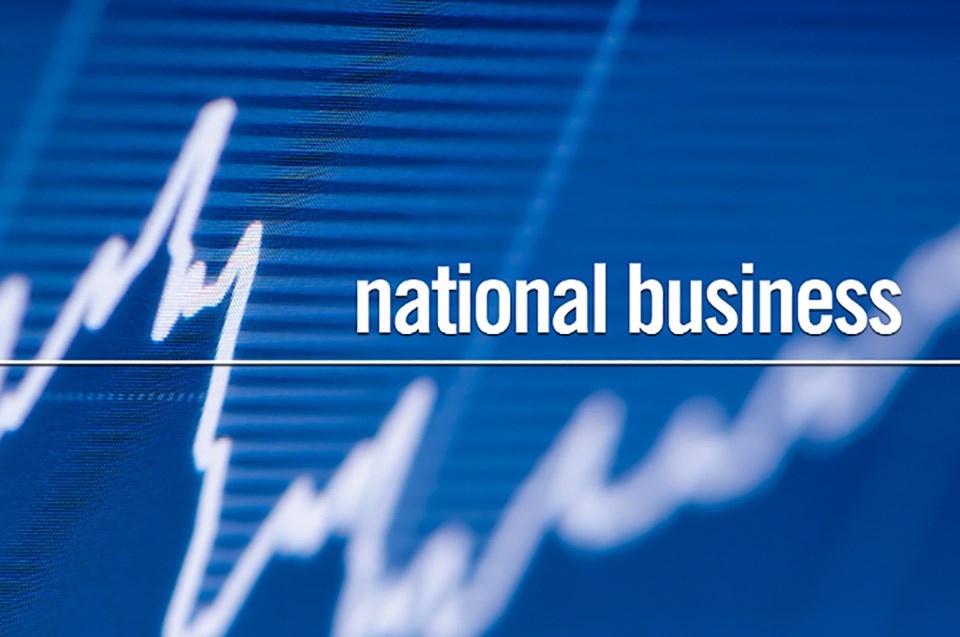The Bank of Canada's interest rate decision on Wednesday didn’t bring cuts, but it did bring new insight into where the central bank thinks interest rates may be headed.
The bank kept its overnight interest rate steady at five per cent, but it raised something else: its nominal neutral interest rate.
The neutral rate is the rate at which the central bank’s monetary policy is neither stimulating nor holding back the economy.
It's essentially the "Goldilocks" interest rate, explained Sheila Block, an economist and research associate with the Canadian Centre for Policy Alternatives. It's where the economy can keep growing, but inflation won't get out of hand.
The neutral rate is now estimated to be between 2.25 per cent and 3.25 per cent, up from two per cent to three per cent in the central bank’s last report.
While the neutral rate isn't a perfect science — that's why it's given as a range — it's still an important guide for the central bank's monetary policy, and a metric Canadian consumers, especially those with debt, should keep an eye on, Block said.
"Central banks are trying to reach this sweet spot where their rate decisions aren't causing a recession, and they're similarly ... not fuelling inflation," she said.
Raising the neutral rate indicates that the Bank of Canada thinks interest rates will land at a higher level once it's done cutting than previously projected, said Block, though the neutral rate doesn't tell us anything about the timing or pace of cuts.
"It's a signal of how low the bank feels rates can go. And what it's saying today is, the bank feels that rates can't go as low as they had felt earlier," she said.
Bank of Canada governor Tiff Macklem said during a press conference Wednesday that the neutral interest rate doesn't have a big impact on the bank's deliberations in real time.
"It's a necessary input in our models," he said, but doesn't have much influence on "real-time monetary policy."
"The neutral rate is where our policy rate would be in the long run, when inflation is at target, the output gap is closed, and there are no shocks."
Canadians grew accustomed to low interest rates before the COVID-19 pandemic, said Block, but any hopes that rates would return to pre-pandemic levels after the central bank had quelled inflation were "dashed a long time ago."
"Now the question is, how much higher are they going to be?"
The longer-term economic environment is changing because of several factors that will necessitate a higher neutral interest rate, she said. These include increasing government debt and the demands on investment from climate change.
Despite the uptick in the neutral rate, the bank’s projection is still relatively optimistic, given that many market watchers think it could be higher, said Royce Mendes, managing director and head of macro strategy at Desjardins, in a note.
Block is one of those who thinks the neutral rate will move higher still.
"I think there are a lot of inflationary factors that have accelerated. And so it will be more difficult to stay at two per cent (inflation)," she said. Two per cent is the central bank's target for inflation.
Avery Shenfeld and Ali Jaffery at CIBC wrote in an April 5 report that they expected the Bank of Canada to raise the neutral rate this week and said they expect the U.S. Federal Reserve will eventually bring its own neutral rate higher.
However, measuring where the neutral rate will land a couple of years out is “fraught with difficulties,” they wrote, “and we’ll only really know it when we see how the economy does as we get near to it.”
They added that the Bank of Canada hasn’t been shy about saying the neutral rate could move higher.
Canada’s neutral rate has historically been lower than the U.S.’s for nearly a decade, Shenfeld and Jaffery wrote, and they expect this gap to continue, owing largely to the fact that Canadians hold more debt on average than their neighbours to the south.
This report by The Canadian Press was first published April 10, 2024.
Rosa Saba, The Canadian Press




